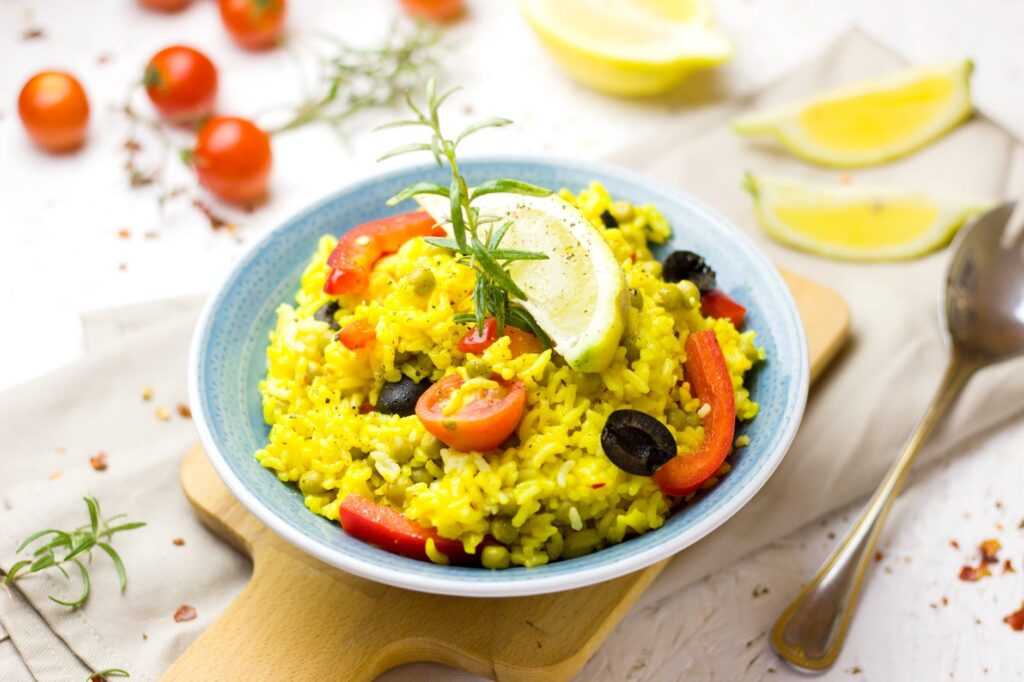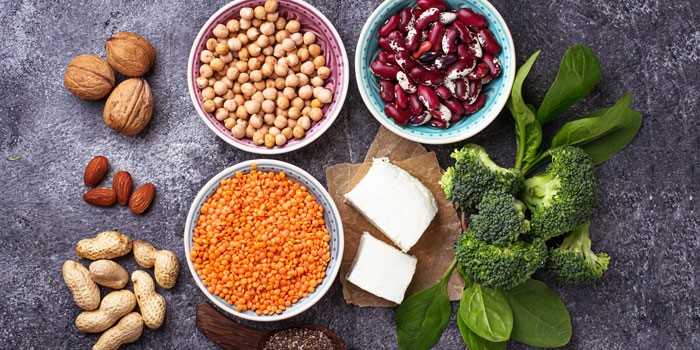When we discuss a topic like this, what we need to understand is whether the context of our topic is economical or health. Because we need to understand this topic from both perspectives, but less from the economical and agricultural stand point and more pertaining to health and nutrition.
What we need to understand that there is a difference in India and the Western counterparts when it comes to nutrient intake, as the economic differences are quite a lot. Most people reading this topic are the ones looking for a solution for their question that whether Indian diet is sufficient in protein, in terms of health and fitness, not in terms of basic bodily needs. This means the question is for muscle building, strength and hypertrophy and other aesthetic goals, rather than for basic survival and avoid deficiencies.

When we see India as a whole, we need to take into account the both urban and rural populations here, and the income differences between the two. A study, found that, on looking at protein consumption, it is found that the expenditure on protein is large and significant. As income increases, consumption of protein increases for both urban and rural sectors. Diets in India are predominantly cereal-based, and cereals are the most important source of protein in Indian diets. Higher disposable incomes have led to higher demand of animal sources of protein.
The consumption of protein from animal foods and milk and milk products is positively related to the price of pulses. As price of pulses increases, the sample shifts to consumption of protein from animal sources and milk and milk products.
Researchers suggested that, it is important to increase the quality of diets in India and specifically protein intake in rural India. Pulses are often referred to as “poor man’s meat” and, together with millets, as “orphan crops.” This mind set needs to be changed. Inclusion of pulses to form a balanced diet is crucial. The quality of proteins from pulses and those from cereals is very different.
The consumption of all pulses and even less popular pulses such as moth bean and cow pea should be promoted and encouraged. This is important in a country which has a large vegetarian population. Pulses are a nutrient-dense crop, and their inclusion in the diet is important to tackle protein- energy malnutrition, especially for vegetarians. Pulses, along with cereals, meet a large part of the protein requirement of an individual.
A study, found that, the Indian diets derive almost 60 % of their protein from cereals with relatively low digestibility and quality. There have been several surveys of diets and protein intakes in India by the National Nutrition Monitoring Board (NNMB) over the last 25 years, in urban and rural, as well as in slum dwellers and tribal populations.
Data of disadvantaged populations from slums, tribals and sedentary rural Indian populations show that the protein intake (mainly from cereals) is about 1gm/kg/day. However, the protein intake looks less promising in terms of the protein digestibility corrected amino acid score (PDCAAS), using lysine as the first limiting amino acid, where all populations, particularly rural and tribal, appear to have an inadequate quality to their protein intake.
Researchers suggested that, although high intakes of cereal are also present in the urban populations, the intake of milk (or milk product equivalents) to an extent of greater than 200ml/day increases the protein quality to an acceptable level. A mix of different plant protein sources would be adequate to meet a desirable lysine intake, even when the amount of animal protein was small or negligible.

Also, we need to understand one thing is that, the Indian diet is not deficient in proteins as such, but most Indians are not consuming adequate proteins. These two are separate statements. Which means that, the Indian diet has adequate protein sources, even if it is a completely vegetarian diet. However, due to the lack of adequate knowledge and ignorance as a factor, most people in India do not know how to consume adequate proteins through their normal diet, or in simple words how to design their diet intake.
The main issue comes in vegetarian diets, especially the ones who are lacto-vegetarians, the ones who do not even consume eggs. For them, consuming various protein rich foods, in the regular meals, will help in taking care of the protein deficiencies found in the Indian diets, consumed in the households today. Different kinds of pulses, legumes, dairy products, soy products, green vegetables, nuts and seeds, have to be consumed regularly, for getting complete and adequate proteins daily in the diet.
There is no doubt, and as various studies have also shown, that we are a grain rich society. But on the other hand, we are not protein poor. It’s our choices that are protein poor.



